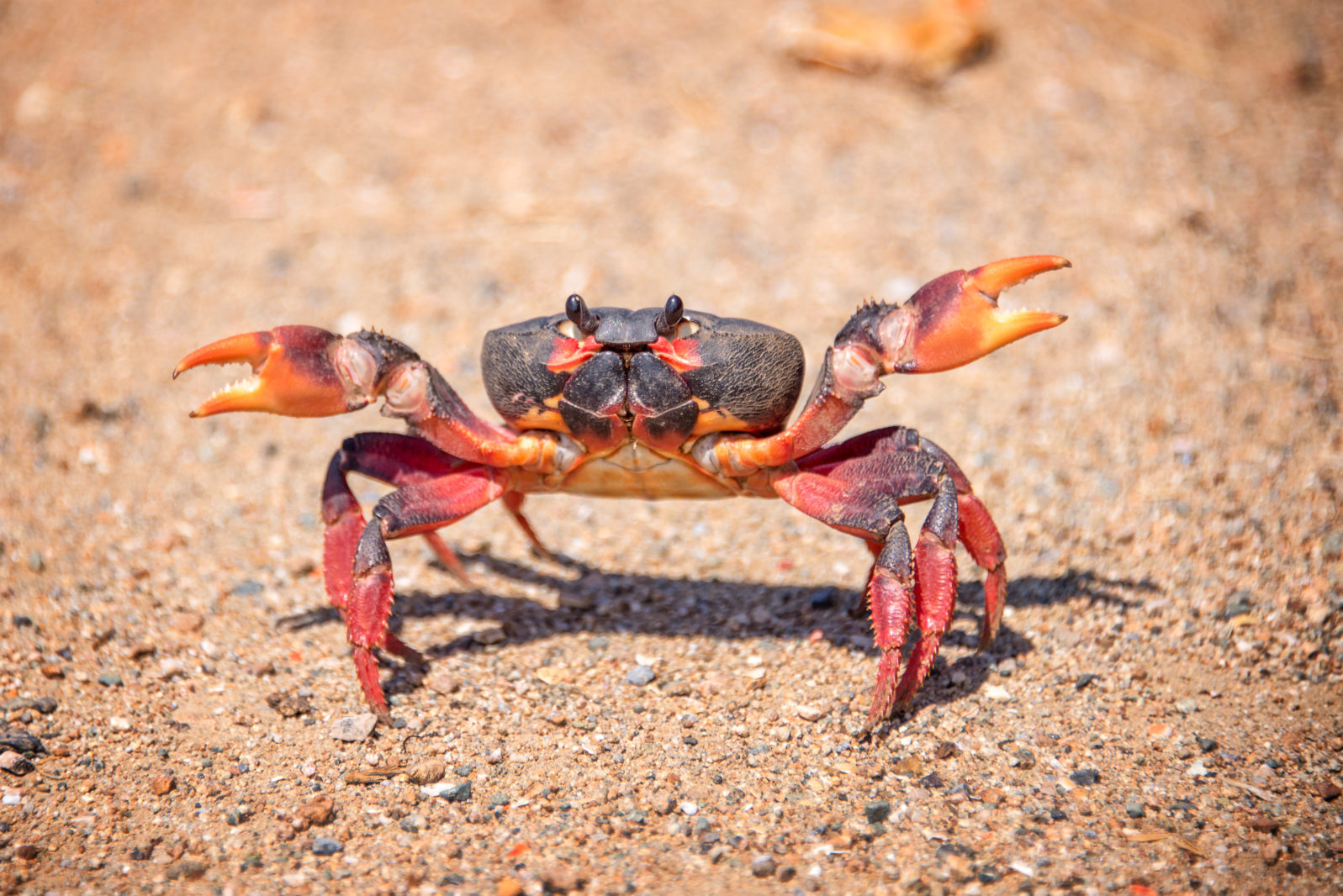If We Find Life on Exoplanets, Some of It Might Be “Crabs”
Over millions of years, many crustaceans gradually grew to look more and more like crabs, a process called convergent evolutionThe earliest crablike creatures are thought to date from about 365 million years ago (the Late Devonian period). But the odd thing is that many creatures that did not start out looking like crabs have, over tens of millions of years, grown to look like them.
A good many lobster-like decapods (= they have ten feet) began to look like crabs (carcinization). Possible causes include greater mobility (some crabs can climb trees), easier hiding in narrow spaces, and less temptation for predators (no juicy tail). Biologists call this process convergent evolution — life forms converge on the same solutions to their problems even if they are not closely related.
So we might ask, if we find life on other planets, might we find crab-like species? It’s a deeper question than some might think. If a planet is Earth-like, the life forms might adapt to their environment by developing similar body plans to those of animals on Earth. Douglas Johnson looks into the question at Ars Technica and comes up with a number of different experts’ views, for example,
If the form of a crab works because it makes it easier to scurry away into rocks and such, then some kind of rocky geography could also help a planet’s chances of carcinization …
Crab-like creatures could also fill specific niches in planets with Earth-like environments, according to Arik Kershenbaum, a zoologist at the University of Cambridge and the author of 2020’s The Zoologist’s Guide to the Galaxy. Some crab species hang out at the bottom of the ocean and either eat the waste that flows down from higher in the water column or eat the other species that use the waste for nutrients.
Doug Johnson, “On Earth, things evolve into crabs—could the same be true in space?” at Ars Technica (July 29, 2021)
Perhaps, but…
Charles Marshall, director of the University of California Museum of Paleontology, said, however, that it’s a fairly narrow group of species that have evolved to become crabby on Earth. Moreover, these species are already pretty similar to crabs. “You’ve already got to be so close to being a crab before you evolve into a crab, it’s kind of a moot point,” he told Ars. “Life is produced in an enormous amount of morphologies, and crabbiness is just one of them.”
Doug Johnson, “On Earth, things evolve into crabs—could the same be true in space?” at Ars Technica (July 29, 2021)
But Marshall adds that if we find crab-like life forms on other planets, the complex environment required makes it more likely that intelligent creatures might evolve there too.
Convergent evolution is a common feature of the history of life on Earth. Birds, we are told, evolved ultraviolet vision eight times, at least. The Australian sugar glider looks very similar to the Australian flying squirrel. Sharks and dolphins look quite similar but are unrelated and have very different histories.
Thus, if we do find complex life on exoplanets, it may not be any weirder than the vast variety of life on Earth and may well develop convergently with life on Earth if environment conditions are similar.
See also: Zoologist: Law of evolution can predict what aliens will be like. Arik Kershenbaum’s new book argues that convergent evolution on Earth helps us understand what to expect from extraterrestrial life.
and
TP what extent does life invent itself as it goes along? The evidence may surprise us. (Eric Holloway)
You may also wish to read: What if the unidentified aerial phenomena (UFOs) are “space cows” — much simpler than we think?
